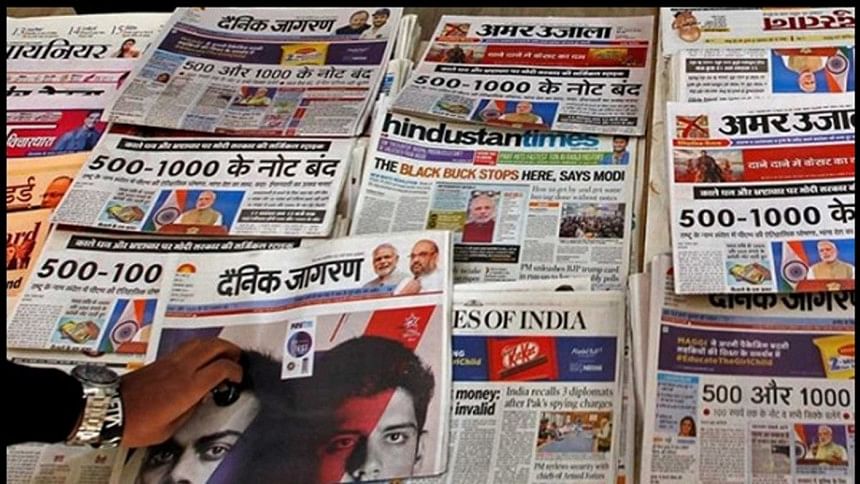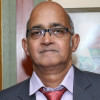India’s polarised politics and media

On December 29, 2021, India's Chief Justice NV Ramana sent out a message to the Indian media that could not have been timelier. In fact, it served as a wake-up call.
While delivering his keynote speech at a journalism award ceremony in New Delhi, Ramana, who reminded us that his professional journey began as a journalist, said mixing news with views was a dangerous cocktail, and "nothing can be more lethal to democracy than the deadly combination of confrontational polity and competitive journalism."
He also raised a few other important points related to journalism as a profession in India. The most important of his messages was his caution to journalists against ideological biases seeping into news stories, and that factual reports must keep aside interpretations and opinions. "Allowing yourself to be co-opted by an ideology or the state is a recipe for disaster," the chief justice said, adding that truthful reportage was essential for a robust democracy. What he appears to be driving at is the pitfalls of highly-opinionated news dissemination, a trend that has been in India for decades but really caught on in the last decade or so. Separation of news from views, therefore, acquires more urgency today than ever before.
In this context, he pointed to a rising tendency in Indian media—that of "cherry-picking of facts" to give news stories a "certain colour." In fact, cherry-picking or selective presentation of facts has become a favourite tool of a section of the media trying to curry favour with the government. A classic example of this comes either in the form of a total blackout of a news story going against a ruling party, or its relegation to a less noticeable space of newspapers. It has been argued by some that it is the media's prerogative to decide which facts to include and which to leave out while presenting a story. But fair journalism cannot take shelter behind such specious arguments. For a section of the Indian media, objectivity, it seems, is no longer an option—but subjectivity is.
Another key issue raised by the Chief Justice Ramana relates to TV discussions and interpretations of the judiciary's rulings, especially on social media, amounting to slandering the judiciary. The press must show some belief in the judiciary, and the media has the duty to defend and protect the judiciary from motivated attacks by evil forces, he said. One cannot agree more.
Is unbiased journalism a myth? Is some bias, however subtle and nuanced, inescapable—especially when the media sees itself as an important agent of reforming the ills of society and holding a mirror to different pillars of a democracy? We want myriad flowers to bloom in a democracy. But do we also want the media to let those flowers bloom by giving space to views of all shades and hues, barring the rabid elements?
Justice Ramana's speech comes at a time when the Indian society is highly polarised along political lines. Unfortunately, a segment of the media has been sucked into taking sides, mainly due to reasons of economic survival. That is why one finds many newspapers becoming virtual outposts of ruling parties, irrespective of ideology both in states and at the centre.
A newspaper has every right to follow its own political line and comment on the activities of all stakeholders in a democracy, including the judiciary, but it should introspect if in the process it is resorting to downright slander. The views of the media should be reflected in its editorials and commentaries with a coating of fairness, and not in its news reporting.
Reflecting on the state of Indian media today, the chairperson of the Hindu Publishing Group, Malini Parthasarathy, acknowledged in a recent interview to the "Tricity Scoop" portal "the tendency of journalists to take sides, to take ideological positions." Of course, she also talked about pressure from governments on journalists. Those words come from someone who has risen from a city reporter to the top post of The Hindu newspaper.
It is often said that most journalists are not given to self-introspection. The problem arises when journalists or media houses start visualising their roles as agents of social change and mobilisers of public opinion for the better. That is where the dividing line between activism and journalism often gets blurred. Activism is not news reporting, and news reporting is not activism.
Pallab Bhattacharya is a special correspondent for The Daily Star. He writes from New Delhi, India

 For all latest news, follow The Daily Star's Google News channel.
For all latest news, follow The Daily Star's Google News channel. 



Comments